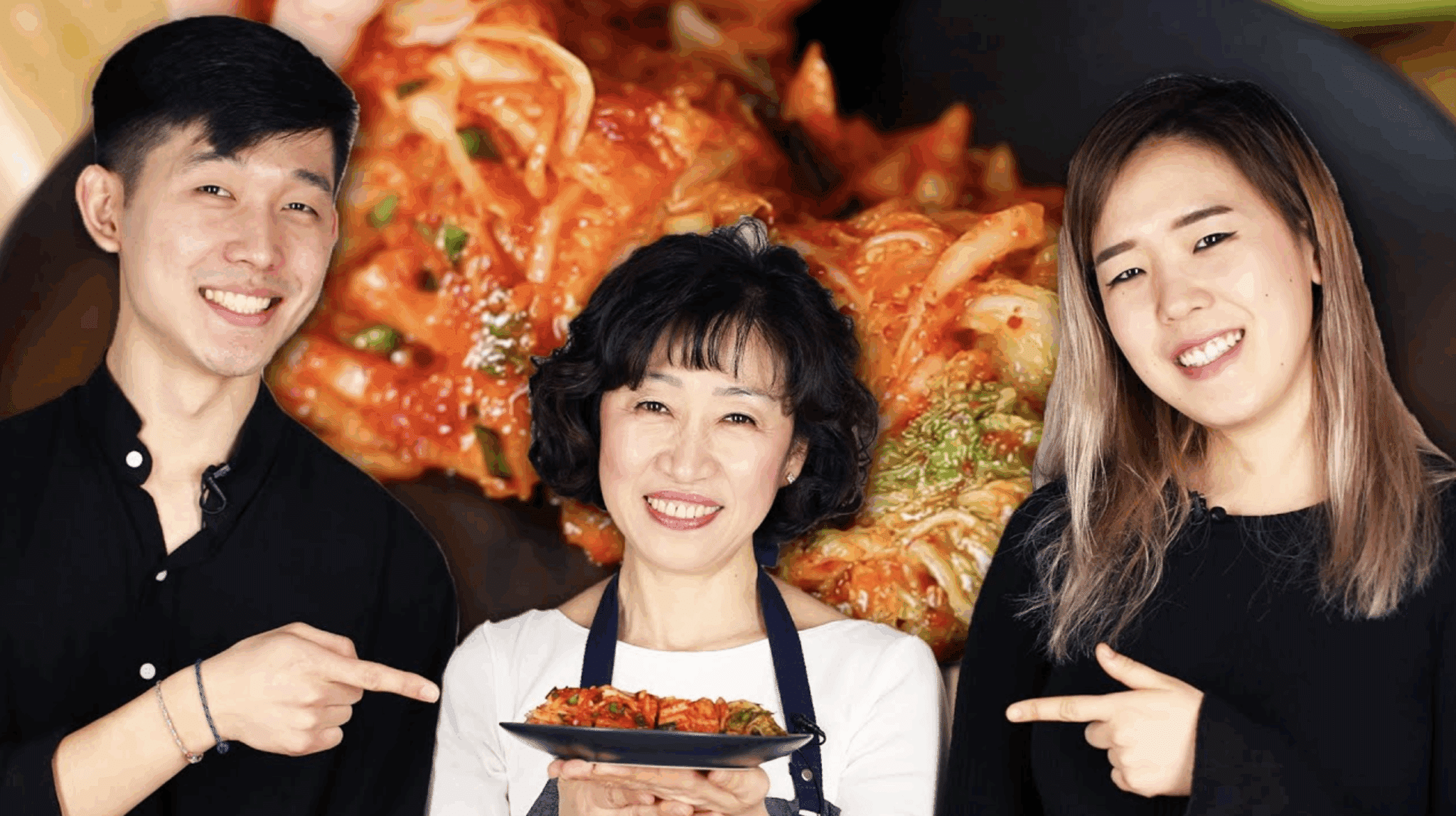Moms can be harsh, but they still love you more than anything in the world.
Mom Teaches Korean Americans How to Make Kimchi
There’s something deeply grounding about the moment mom teaches Korean Americans how to make kimchi—a tradition where flavors and memories blend into one rich experience. In kitchens across the U.S., these hands-on lessons do more than pass down a recipe; they preserve cultural identity and offer a tangible way to reconnect with Korean roots.
Kimchi-making begins with humble ingredients—napa cabbage, radish, garlic, ginger, and chili flakes. But when guided by a mother’s seasoned hands, the process becomes something far more intimate. She doesn’t rely on measuring cups or written instructions. Instead, she uses instinct, passed down through years of practice.
These cooking lessons go beyond taste. When a mother explains why each step matters—how long to soak the cabbage, when to mix the chili paste—it’s not just about seasoning. It’s about storytelling, memory, and meaning. It’s about remembering where you come from, one bite at a time.
For many second- and third-generation Korean Americans, learning how to make kimchi at home bridges a cultural gap that restaurants and cookbooks can’t fill. Whether over weekend visits, late-night video calls, or group chats, moms and grandmothers continue to guide their children through this beloved ritual—reconnecting generations through cabbage, spice, and care.
Today, digital platforms are helping preserve these lessons for a wider audience. Viral videos where mom teaches Korean Americans how to make kimchi are resonating with millions, keeping this culinary tradition alive in the most modern way. These moments—now shared, recorded, and replayed—ensure that this time-honored ritual continues to thrive in both real and virtual kitchens.
👉 For a beautiful example, watch this video on how moms pass down the kimchi-making tradition.

